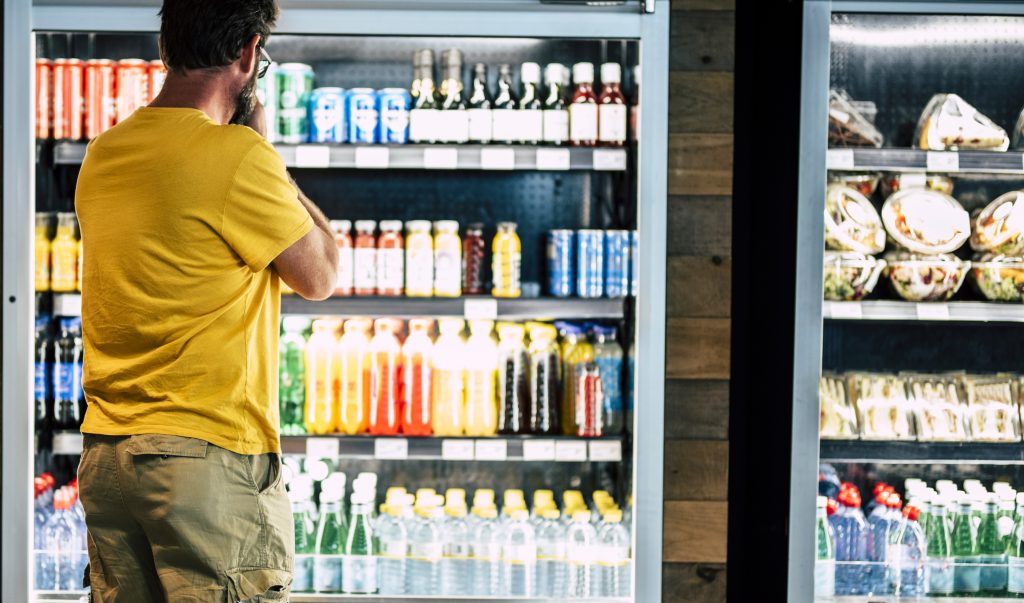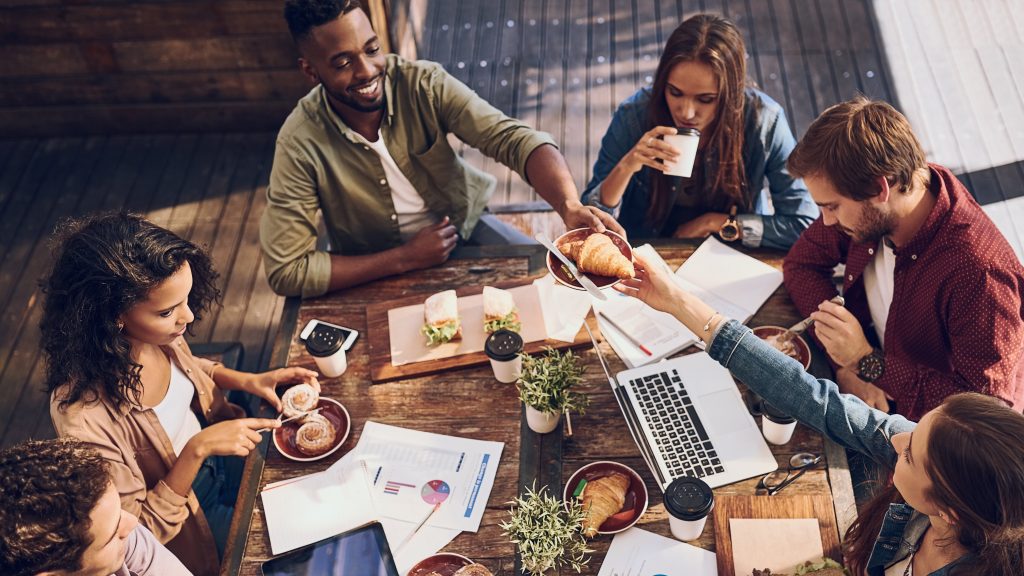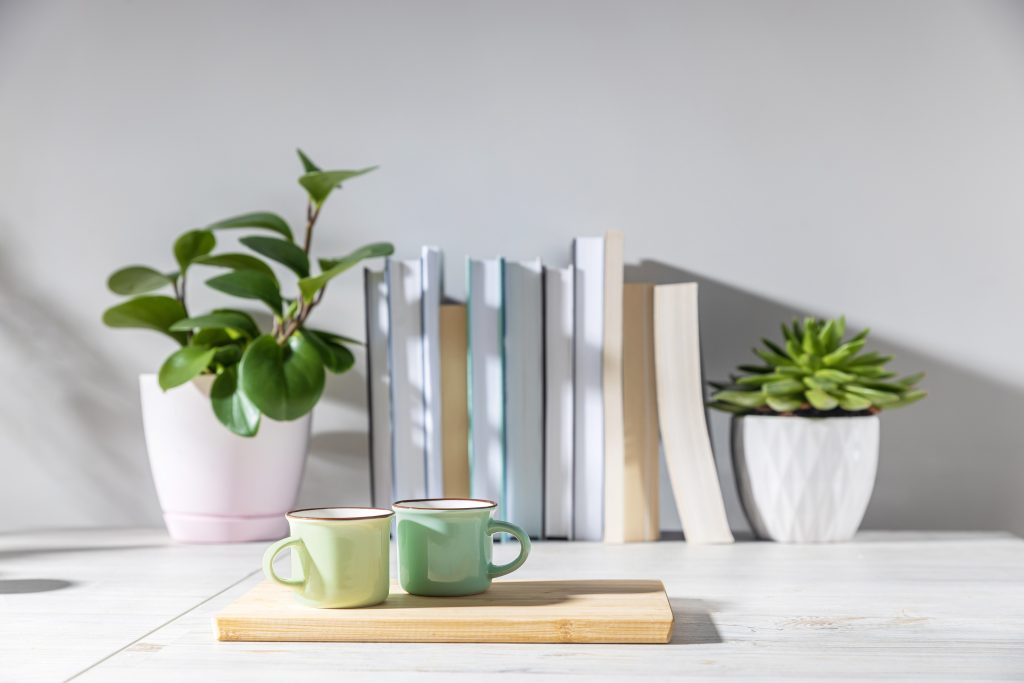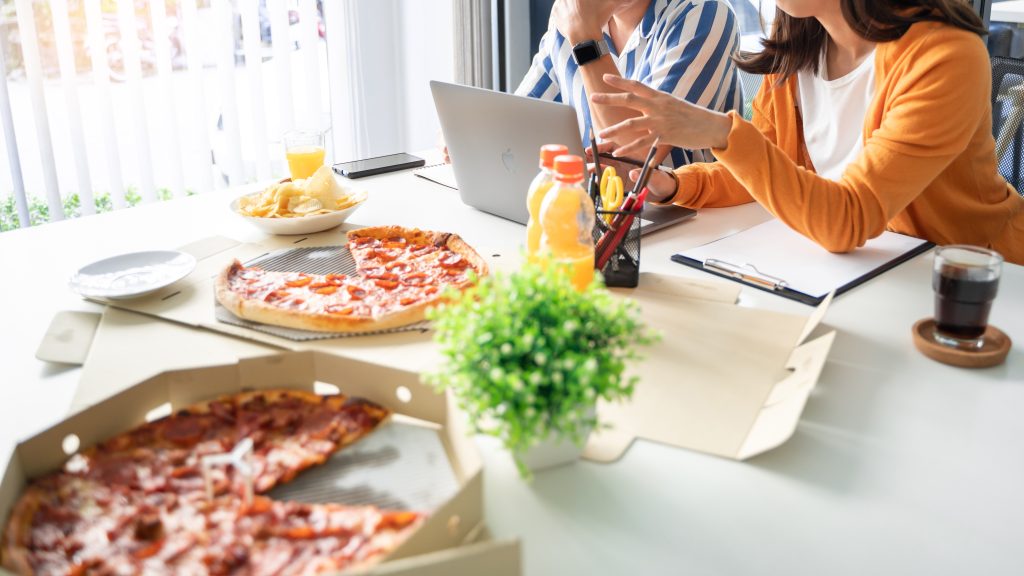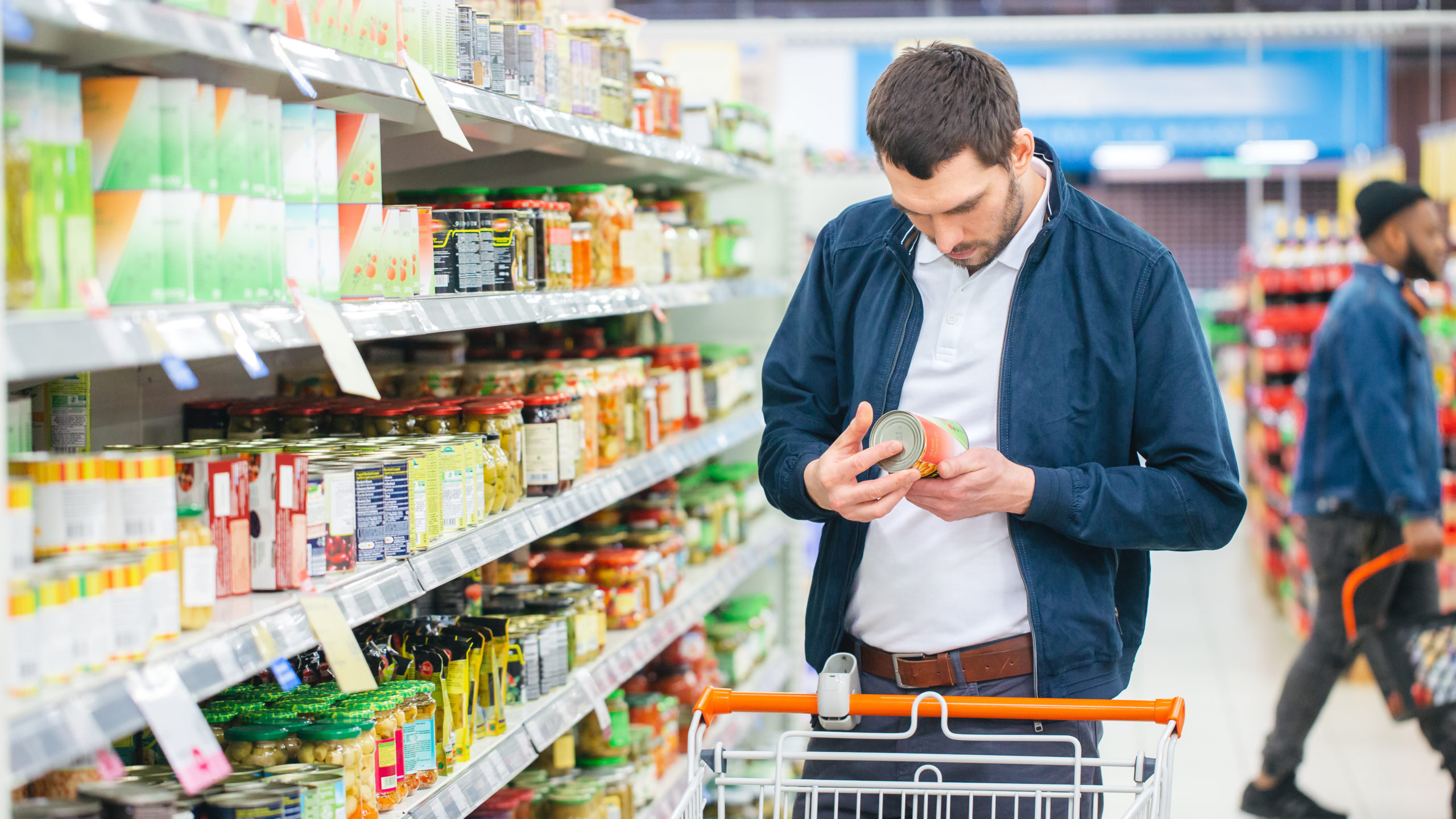
The continuously growing number of products and brands in the crowded food and drink space makes it all the more important to generate something different, that stands out. For companies who get it right, it is a fabulously exciting scene, with ever-shifting consumer trends providing a chance to diversify and reconnect with your customers in a unique way.
So why not invest in protecting the intellectual property (IP) that underpins your unique business? Your IP should be an integral part of your business plan from the very start. It’s vital to understand what IP your business is built on and how to protect it – not only to safeguard against copycats but to increase the value of your businesses. Make your IP work for you and if it’s not appropriate to seek protection, know why – investors and any potential purchasers of your business will ask.
As shown below, IP rights go beyond your trade mark or logo, extending to product packaging, copyright in the website content or recipes and even the shape of the product itself. See which ones, if not all, apply to you and your business. And keep revisiting your IP protection as your business plan evolves to ensure you have the relevant protections for new markets, and potential product expansion.
Here are just some of the IP rights that might be relevant to your business.
Trade marks
In the food and drink sector, branding can be everything and it should be central to the commercial strategy. Establishing – and adequately protecting – a strong brand early on in your business journey will help attract the investment you need to continue to scale. The brand is the platform from which to grab investors’ attention, and the thing they are going to buy into – arguably more so than the product itself.
Consider, for example, the eye-watering sum of $19 billion that Kraft paid for Cadbury in 2010 when, according to one analysis, the Cadbury brand portfolio alone was worth about £3.2 billion. The brand promised something far more precious than factories or other bricks and mortar in the eyes of their buyers as well as the public. It is the brand, or trade mark that can attract significant value.
A brand can be any sign that consumers associate with your food and drink product; the more traditional sign being a name or logo but don’t forget that signs can also extend to colours and shapes amongst other things. A top tip when it comes to word marks is: don’t pick a name that just describes the product – it’s very unlikely that you will be able to register and protect it. Instead, pick a brand name that is distinctive – it’s good for marketing, and easier to protect.
And take steps to protect your brand(s). If you have a registered trade mark in place it will be much easier to prevent a third party adopting a similar name for a similar product because all you need do to prove your earlier right exists is to produce the registration certificate – rather than show (with evidence) that you have any rights at all which is an expensive and time consuming exercise. Also, some countries give little or no recognition to unregistered rights, which can leave the brand owner unable to prevent confusion arising amongst consumers, loss of sales to a competitor and possible tarnishing of their own brand in the process.
Designs
Though certainly important, trade marks are not the only IP rights relevant to food and drink businesses. Consumers make repeat purchases not only because they trust the brand and what it stands for, but also (more simply) because they love the product design.
Registered designs protect the way a product looks, including logos, icons and patterns, and there is a great amount of flexibility in what can be covered. All, or part, of a three-dimensional article, such as the packaging or product itself, can be protected. This can include the shape of the design or the combination of shape, patterns, colour and shading. As an example, the value of including the product itself in a registered design could be seen in action in 2018, when Waitrose was forced to cease selling chocolate slabs similar in appearance to Hotel Chocolat’s protected Caramarvellous design.
In the UK and EU, unregistered design rights are generated automatically upon the creation of a design. However relying on unregistered rights can be tricky, as you must prove that you own them through evidence and prove that the imitation goods were produced by copying, which can be costly and time consuming. It’s often therefore advisable to protect your key designs by registration. Design registrations can be obtained quickly (in a matter of days, in the UK and Europe) and are relatively inexpensive, making them very attractive for a company thinking on its feet.
Perhaps the most important thing to remember when considering registering a design is to keep it under your hat! Once you publicly tell someone about your design, you have disclosed it and you cannot then register it in many countries around the world. Best practice is usually to keep quiet and operate under non-disclosure agreements where necessary before registering your design.
Patents
The variety of food and drink related products for which patent protection may be obtained is extensive, especially with the emergence of relatively new market areas such as gluten-, dairy- or meat-free products and with sustainability for both food production and packaging currently at the forefront of consumer’s minds.
It is simply a myth that a food product or unique combination of ingredients forming a recipe cannot be patented. Provided there is a conceivable technical effect, everything from an individual flavouring or essential ingredient to a crucial method step or new production technique can be protected. Furthermore, it is not only the food or beverage itself that should be assessed. Innovations can frequently be found in product packaging such as corrosion-resistant coatings for beverage cans or flexible sheet packaging for pourable foodstuffs.
Where patent protection is not feasible, the appearance of the product or its packaging can be protected by obtaining a design registrations as noted above.
Copyright
Other IP rights are also available for your exploitation and protection, for example, copyright, which is generated automatically when you create a literary work (such as website content or business materials) or artistic work (such as a logo design).
And make sure you own all relevant copyright. For example, don’t assume you own the copyright over your brand logo and other designs, just because you paid a designer to create them for you – you don’t, unless there was a contract in place or they later assigned you the copyright.
If you would like to discuss these services, or how else GJE can help you protect your intellectual property and brand, please get in touch via fooddrink@gje.com or call us on 020 7655 8500.
